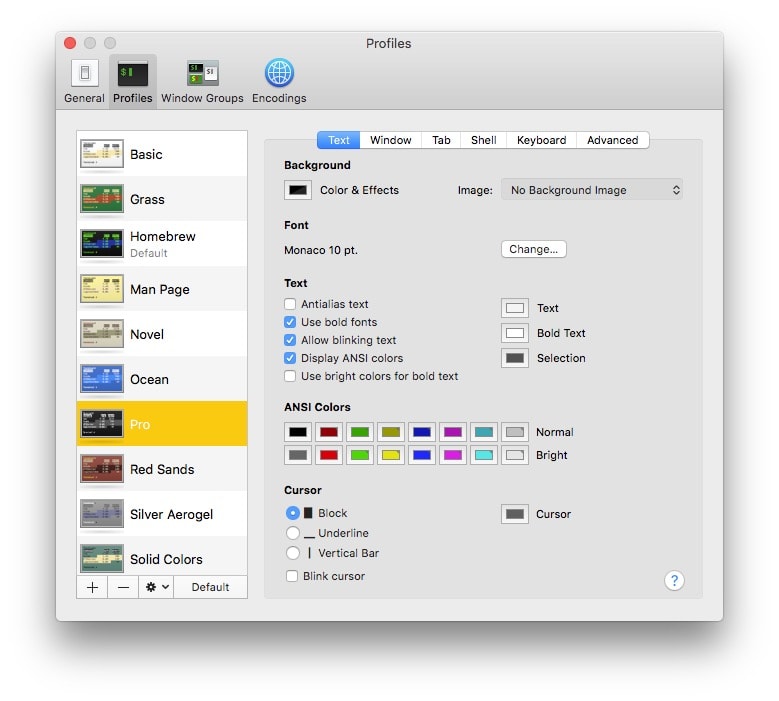

Open "$(mdfind -name -onlyin "/Users/foo/articles" "kMDItemDisplayName='*$1*'cd" | sed -n "$")" # default to open the first entry unless 2nd positional argument is given Mdfind -onlyin "/Users/foo/articles" "kMDItemDisplayName='*$1*'cd" # restrict to files under (recursive) a specific path # find any item matching search query in file name I find this easier than typing long string of query in spotlight window.Īdd following functions in ~/.bash_aliases. I would love to hear from you.You may use following command line functions to quickly find and open relevant file. As usual, let me know if you have questions or comments. I hope the above information can help you create files in Terminal Mac. Once created, you can verify the file is there with the ls command, and you can view the contents using the cat command. You can use the touch command, direct the output of a command to a file, or use an editor.

There are many ways to create a file in Terminal Mac, and I have shown you a few of the easiest methods above.

Before it saves, it allows you to change the name of the file you are saving to. This can also be done when using the CONTROL+X command and then answering yes to save the file. Yes, if you hit CONTROL+O, you can specify a new file name to save the file as. Keep in mind that when doing this, you will not see the output from the command on the screen it will only go to the file. Most other commands you run from the command line can have their output redirected to a file using the > symbol. Can I direct output from commands other than echo? In essence, it is touching the file so that the current date and time are updated. The only thing it will do is update the file’s modified date to the current date and time. If you use the touch command with a file that already exists, it will not remove, delete or modify the existing file. What happens if I use the touch command on an already existing file? Below are a few questions about creating a file in Terminal Mac.


 0 kommentar(er)
0 kommentar(er)
